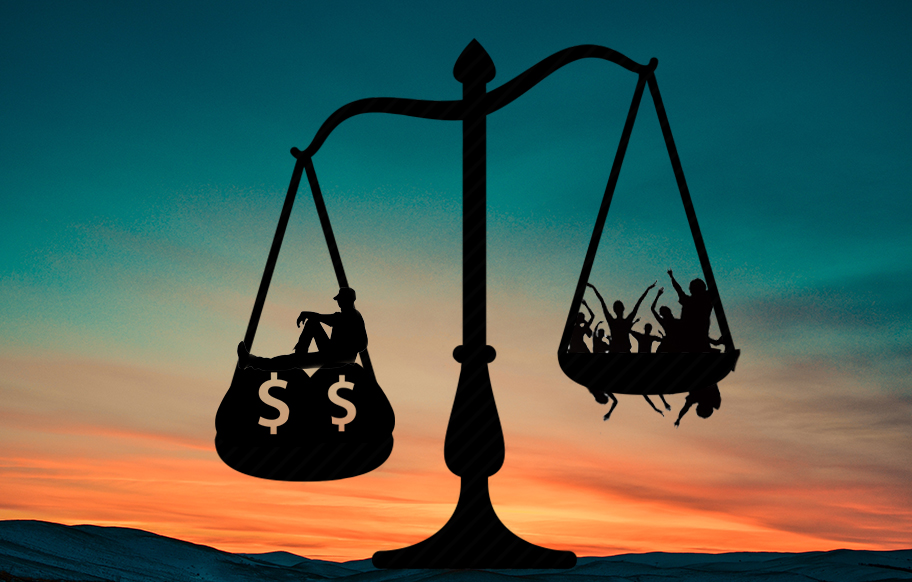The wealth gap level in the U.S. is close to that of the Roaring Twenties, the decade preceding the Great Depression, according to some economists who studied a statistic.
According to a paper published by Gabriel Zucman, an economics professor at the University of California, Berkeley, the wealthiest 0.1% share of total household wealth was near 25% years before the Wall Street crashed in 1929 that unleashed the Great Depression.
He found that those rates dropped drastically in the early 1930s and continued falling to below 10% in the late 1970s. Rates have started to rebound since the early 1980s up until now when it is currently near 20%.
In his paper, which the National Bureau of Economic Research distributed, he also said that all the research that the U.S. is not alone in this issue. A large concentration of wealth can also be seen in China and Russia in recent decades. France and the U.K. also experience the same condition, although at a “more moderate rise,” Zucman’s research said.

Despite the alarming numbers, other analyst said inequality in wealth would not last. Jesse Colombo, an analyst at Real Investment Advice, said in a blog post in response to Zucman’s paper that the worsening wealth gap in the country is only temporary. For him, the byproduct of a bubble in the prices of stocks and bonds and other assets.
Instead of worrying about wealth inequality, Americans and economists should prepare for a severe economic crisis that can take place once the asset bubbles behind the wealth bubble burst, Colombo warned.













